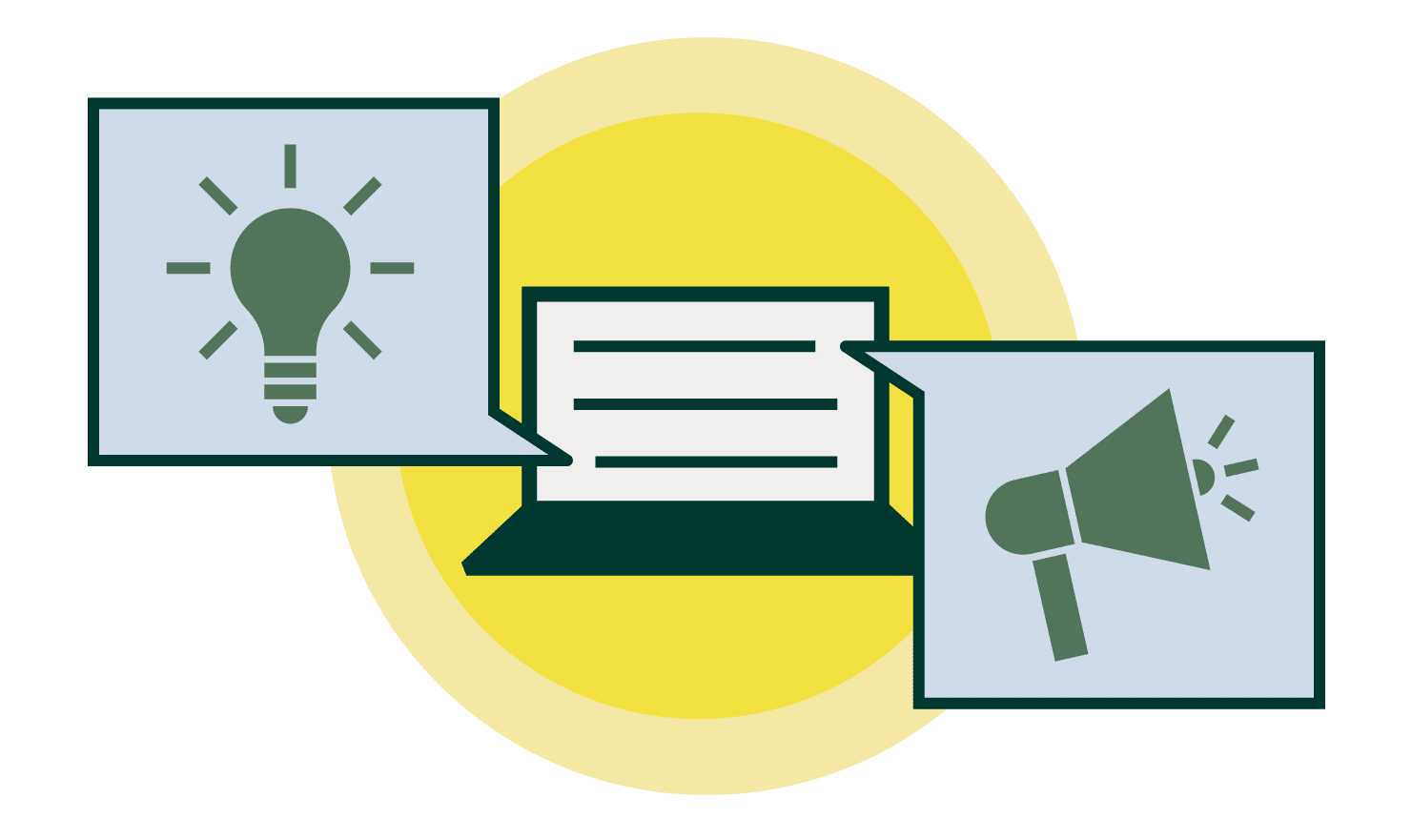
In today’s data-driven world, talk of privacy often conjures images of complex regulations, hefty fines, and abstract concepts. However, any organization that is serious about protecting personal information knows that data privacy is not just a legal obligation; it’s a fundamental commitment that requires tangible, measurable results. This is why demonstrating a culture of accountability supported by Key Performance Indicators (KPIs) is essential.
A privacy policy sitting on the (digital) shelf gathering dust is not enough! To build trust with employees and customers, you need to know that your privacy program is working – how do you do this? You measure it!
In this blog we’ll explore why KPIs are critical to the success of your privacy program and look at how they help measure progress, highlight areas for improvement, and expose potential gaps or weaknesses that could leave your organization vulnerable to risks.
Accountability & Controls: Similar – But Different!
Accountability is crucial, even for a sole proprietor that handles personal data. Without accountability, policies and controls are just suggestions. According to the UK’s Information Commissioner’s Office (ICO), “Accountability enables you to minimize the risks of what you do with personal data by putting in place appropriate and effective policies, procedures, and measures.” Adhering to this principle, KPIs, documentation, and reporting are necessary as they help prove that your privacy practices are not just a box-ticking exercise but are effective at reducing any risk.
Controls, on the other hand, are the specific steps, tools, and safeguards implemented to ensure integrity and compliance. In the context of data privacy, internal controls are the practical measures taken to protect data and comply with policies (e.g., password policies, data minimization procedures, regular backups access restrictions, data encryption, employee training, etc.).
Differences Illustrated:
An internal control might be a policy stating that all sensitive data must be encrypted at rest. Accountability, on the other hand, means that a specific individual or team (e.g., the Head of IT Security) is responsible for ensuring that encryption is implemented correctly, regularly audited, and enforced. It also means there are consequences if the control is overridden without proper authorization.
They are codependent, you can have internal controls without clear accountability, for example, a policy may exist, but if no one is checking compliance or held responsible when it’s ignored, the control becomes ineffective. Equally, you can’t have true accountability without internal controls, as there would be nothing concrete for individuals to be held responsible for.
The “Why”: Key Privacy Metrics Supporting Accountability!
Think of your privacy program as a complex machine. Without gauges and meters, how would you know if it’s running efficiently if parts are wearing out, or if it’s about to break down? Metrics are measurable indicators that evaluate and analyze how well your privacy program is functioning. So, why is having robust KPI’s non-negotiable?
- Demonstrate Accountability: This is not just a buzzword in many privacy regulations (GDPR); it’s a legal requirement. It is no longer enough to only comply with laws; you need to demonstrate that compliance.
- KPIs provide the evidence you need to show regulators, auditors, and stakeholders that you’re taking privacy seriously, and actively managing risks.
- Identify Weaknesses – Drive Improvement: Privacy programs need continuous improvement.
- KPIs highlight areas where your program might be underperforming, or risks are higher, for example, are DSARs taking too long to fulfill?
- Metrics point to specific areas for training, process improvement, or technology investment.
- Build & Maintain Trust: With the numerous data breaches and privacy scandals, consumers and employees are increasingly cautious of how their personal information is handled.
- A transparent and effective privacy program needs to be backed by measurable results to build trust, a priceless asset in today’s digital economy.
- Resource Optimization: A privacy program needs resources, including time, budget, and personnel.
- KPIs can help you understand where your investment is having the most impact and where additional resources are required, justifying spending and ensuring privacy efforts are efficient as well as effective.
- Risk Management: Lagging indicators vs. leading indicators! The number of data breaches tells you what has happened. This can look at the frequency of privacy training or Privacy Impact Assessments (PIA), to avoid anticipating and not preventing a problem before it occurs.
- Being proactive is more effective and less costly than being reactive.
The “What”: Key areas for Privacy Metrics
To build effective metrics begins by identifying which key processes or functions you want to measure or track. This typically includes areas reflecting business operations, strategic goals, inefficiencies, and/or legal expectations.
Once areas are identified, define the initial set of metrics that create a baseline for guidance on performance and future optimization efforts, for example:
Individual Rights Management:
- Number of DSARs received, processed, and outstanding.
- The average time to complete a DSAR.
Training & Awareness:
- The percentage of employees who have completed privacy training.
- Average scores on privacy awareness assessments.
Incident Response & Breach Management:
- Number of privacy incidents and data breaches reported.
- Mean time to determine incidents.
Vendor/Third Party Risk Management:
- Percentage of Vendors to complete privacy assessments.
- Number of Data Processing Agreements (DPAs) in place.
Policy & Governance:
- Completion rate of Privacy Impact Assessments (PIAs) for new projects.
- Accuracy and completeness of data inventories and records of processing activities (ROPA).
Getting Started: Embracing a Data-driven Privacy Culture
Implementing a robust KPI framework for your privacy program takes commitment, but the benefits outweigh the effort. So, where to start:
- Defining Clear Objectives: What do you want your privacy program to achieve? Align KPIs to these goals (ex: compliance, trust, risk reduction).
- Identifying Key Data Points: Identify what information you can realistically collect and track.
- Establishing Baselines: Measure your current performance to understand where you are starting from.
- Setting Targets: Define what “good” looks like for each KPI.
- Regular Monitoring & Reporting: You cannot just collect the data but analyze it and share insights with relevant stakeholders.
- Iterating & Improving: Use the insights from your KPIs to refine your privacy program, continuously.

Key Takeaways
In the privacy landscape, what gets measured gets managed! By embracing a data driven approach and fostering a culture of accountability, your organization can move beyond mere compliance to truly build and maintain a strong, trustworthy, and resilient data privacy program.
Need more guidance? Book a consultation with our privacy experts today to help ensure your privacy program remains resilient and ready for what’s next!
Contact Us
References
Image 1: Google Images
Image 2: Google Images
Accountability Framework | ICO
6 Key Advantages of Hiring a Privacy Engineer
Maximize ROI: 3 Ways Privacy Engineers Drive Business Success | Myna
A Comprehensive Guide to Data Processing Agreements (DPAs) – Captain Compliance





